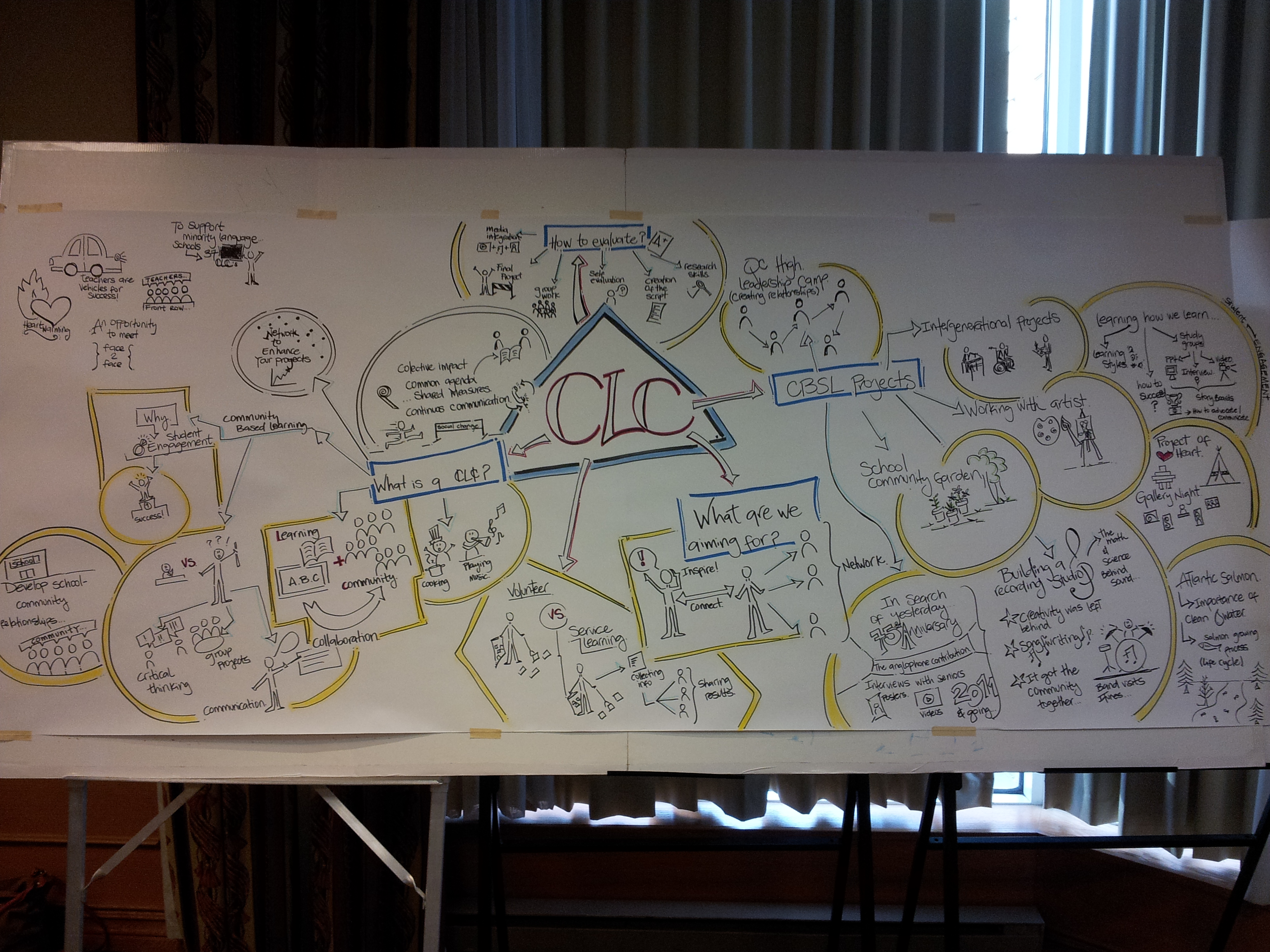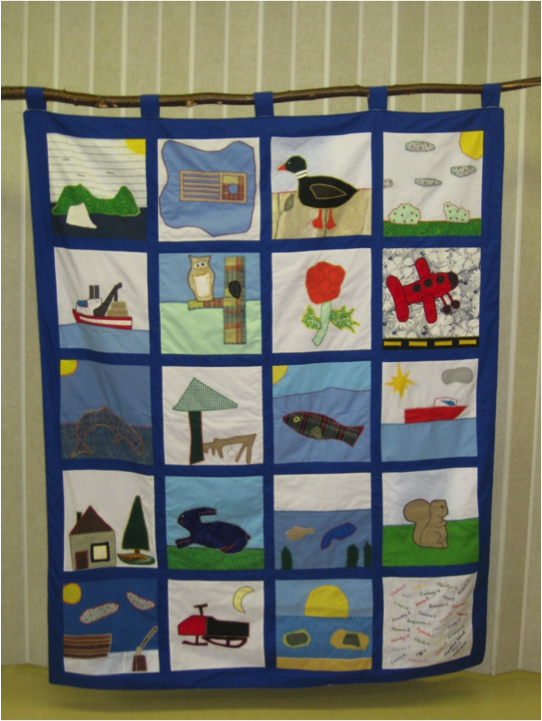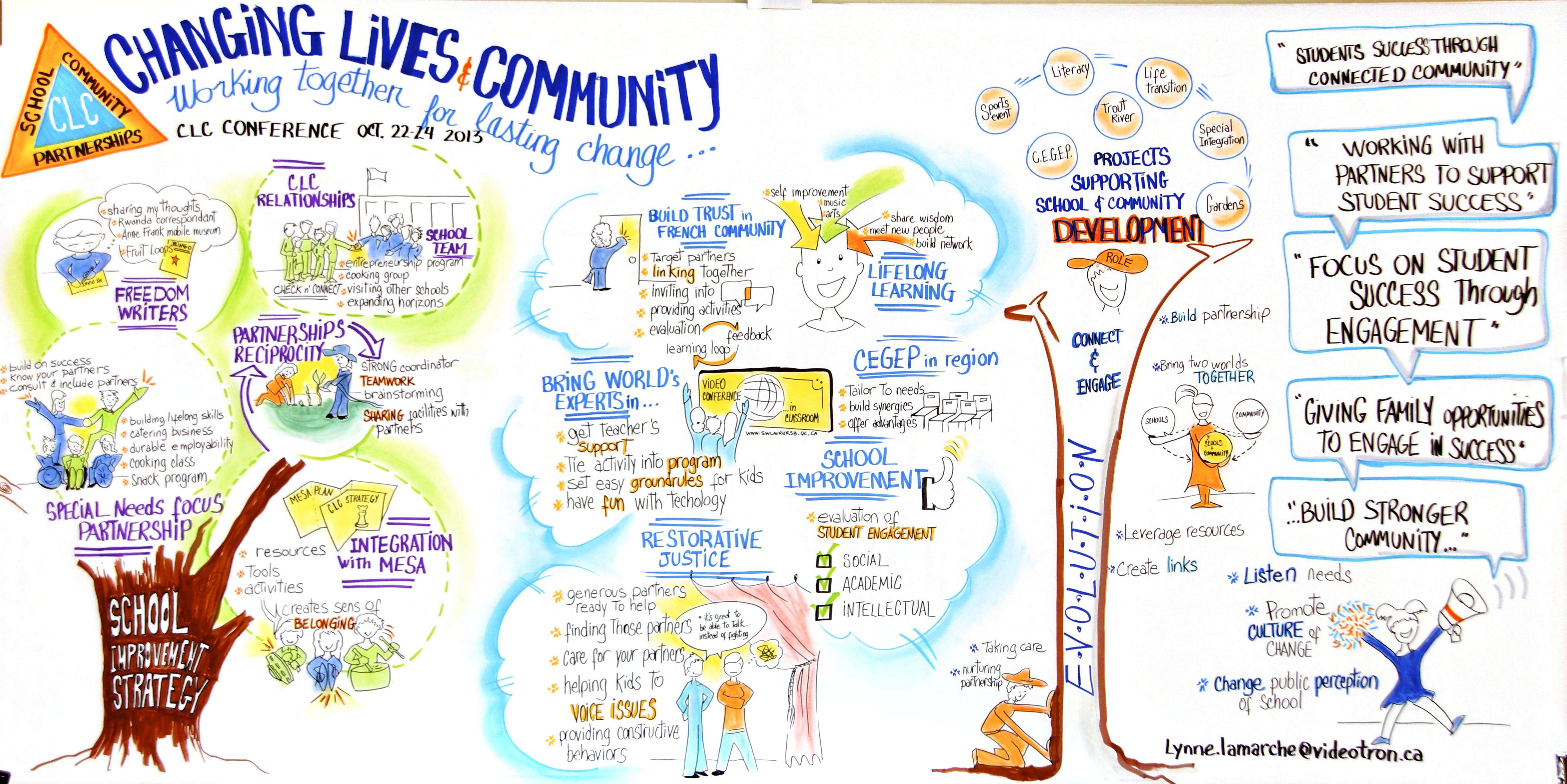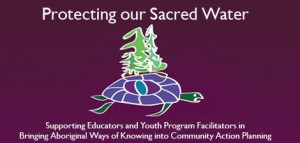The CLC Teacher Institute was a great success with over 65 teachers from all across Quebec learning, sharing and planning their own community based learning project that address authentic needs.
When teachers were asked what they wanted more of in the future they mentioned specific knowledge and resources for project development and information on funding.
Instead of waiting until the next CLC Teacher Institute, I have included some of my favorite resources that can help in developing projects.
Community Works Institute – I love reading CWI’s exemplars. CWI is very grassroots with many Vermont examples.
Edutopia –The creator of Star Wars, George Lucas funds this. So you know the force is strong with this one.
Buck Institute– I like learning from videos. The site includes lots of great stuff to watch.
Learning for a Sustainable Future– Canadian website with lots of environmental stewardship projects. It’s easy to apply for a grant. They are really nice people. Call them!
Canada’s History-Lots of ideas and resources about preserving and celebrating our history.



